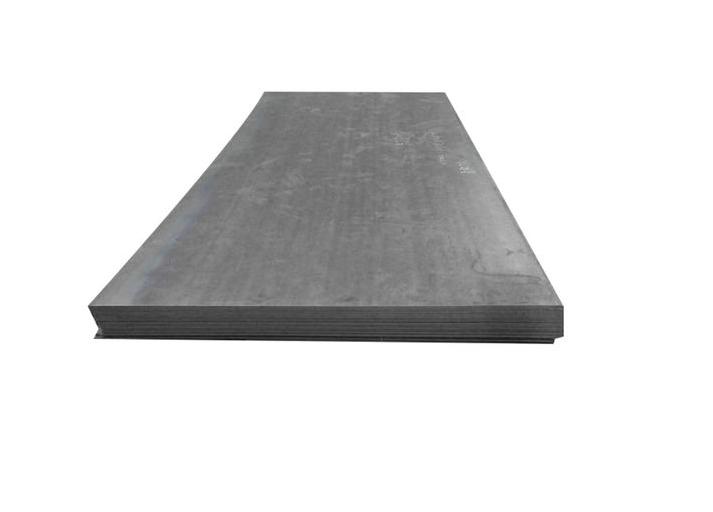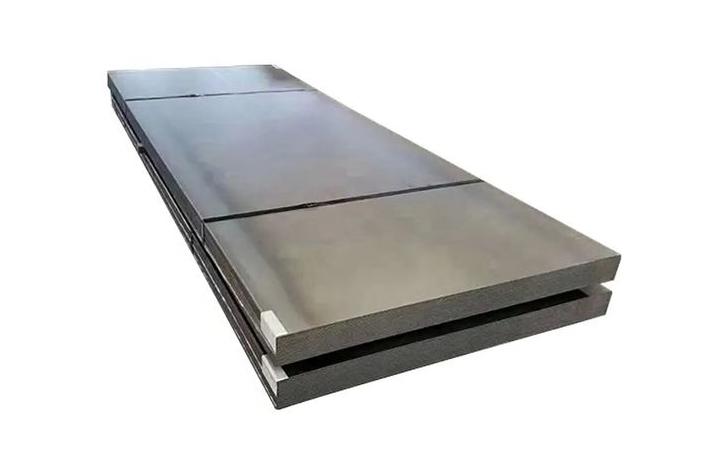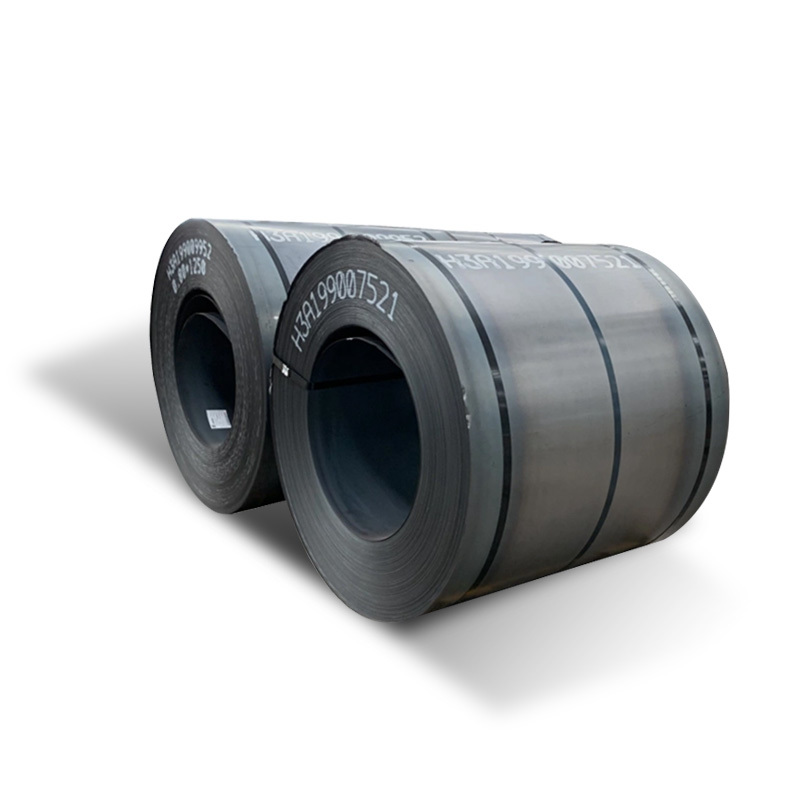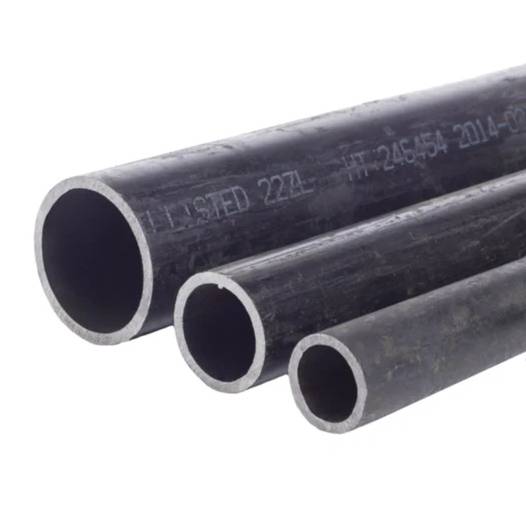For most medium-to-heavy wear applications in 2025, AR400 / AR400F offers the best value balance between wear life and fabrication cost — expect typical delivered Chinese factory (FOB) ranges of roughly USD $500–$1,000 / metric-ton, while finished/distributor prices in North America and Europe commonly sit higher (roughly $800–$1,800 / t depending on thickness, certification and service). For specialist branded plates (e.g., premium Hardox/Quard equivalents) or tight-tolerance AR400F with full mill testing and certifications, add a premium.
1) What AR400 and AR400F mean
“AR” stands for abrasion-resistant and the numeric marker refers roughly to nominal Brinell hardness. AR400 is a class of wear plate with nominal hardness around 400 Brinell; AR400F denotes a formable / through-hardened variant that balances hardness with improved formability and weldability. In practice, AR400/AR400F grades are chosen where parts face moderate to heavy abrasive wear but still require bending, shaping or welding in fabrication.
2) What makes AR400F different from generic AR400
-
Heat treatment method: AR400F plates are typically produced by austenitizing, quenching and tempering to achieve through-hardening. This gives a more uniform hardness through the thickness rather than only on the surface.
-
Formability and weldability: The tempering step in AR400F is tuned to keep sufficient toughness and ductility for bending and welding operations compared to higher-hardness AR grades. This is why many mills brand their through-hardened, formable product as “AR400F” or similar trade names.
-
Mill variability: Chemistry and process control differ by mill. The name AR400 is a hardness class rather than a fixed composition; always request mill test reports (MTRs) and charpy/toughness data if impact resistance matters.
Key mechanical properties & standards (what to verify)
Short bullets — verify every shipment against these items:
-
Brinell Hardness (HBW/BHN): AR400 nominal range typically ~360–440 HBW. Use ASTM E10 for the test method.
-
Tensile / yield: AR plates are high-strength; typical tensile strengths are well into the hundreds of ksi for quenched & tempered plate; always check the MTR.
-
Heat treatment statement: through-hardened vs surface hardened — AR400F should be described as quenched & tempered or through-hardened.
-
Impact / toughness: If parts work in cold climates or see dynamic impact, require charpy toughness values at the minimum service temperature.
-
Flatness / dimensional tolerances: For large buckets and assemblies, mill plate flatness and thickness tolerance impact fabrication and fit. SSAB and other premium mills publish tight tolerance ranges for branded plates.
Typical applications (why customers pay the premium)
Short paragraphs:
-
Material handling: liners, chutes, hopper plates where sliding abrasion shortens service life.
-
Mining and quarry: bucket liners, crusher jaw faces, conveyor components.
-
Truck bodies and earthmoving: dump beds, skid plates and wear liners.
Choosing AR400/AR400F reduces downtime and replacement frequency compared with mild steel — the ROI depends on the wear environment and lifecycle costs.
What moves price in 2025
-
Thickness & plate size: thicker plate commands higher per-ton manufacturing costs and yields; extremely wide/thick plates may be premium.
-
Mill source & brand: premium branded plates (Hardox/Quard/etc.) are sold at a considerable premium for certified performance and traceability.
-
Heat-treatment and testing: fully documented quenched & tempered AR400F with charpy testing and full MTRs costs more than generic AR400 sold by hardness only.
-
Logistics & tariffs: freight from China, import duties, and supply-chain congestion add heavily to landed price in 2025. MEPS and market price indexes remain useful for benchmarking.
-
Market cycles / steel scrap price: raw materials volatility is a dominant driver of short-term swings.
Global 2025 price comparison
The following table gives typical delivered or factory ranges in 2025 for commodity AR400/AR400F plate. These are market ranges (not firm quotes) intended for budgeting and RFQ planning. Differences depend on thickness, sheet size, certification and order quantity.
| Region / Channel | Typical 2025 price (USD / metric-ton) | Notes |
|---|---|---|
| China — factory / FOB (commodity AR400) | $500 – $1,000 / t | Lower end for bulk hot-rolled commodity sheets; higher for thicker / tested AR400F or small lots. Many Chinese mills list FOB pricing in this band. |
| India — domestic mills / traders | $600 – $1,100 / t | Local mill brands and stockholders; price depends on INR-USD, logistics and domestic demand. Trade directories list broad INR pricing; convert for comparison. |
| USA — distributors & service centers | $900 – $1,800 / t | Distributor markup, cutting, certification and domestic freight add cost; ready-to-use cut pieces and branded plates sell at a premium. |
| Europe — mill branded & distributor | $1,000 – $2,000 / t | Premiums for branded plates (tighter specs) and EU local supply constraints; MEPS pricing services track European flat-rolled indices. |
| South America / Brazil | $800 – $1,600 / t | Import parity or local mill supply affects ranges; logistics and tariffs matter. |
| OEM / Branded premium (Hardox/Quard etc.) | +20% to +60% over commodity AR400 | Branded throughput, guaranteed performance and warranty explain the premium. |
How to use the table: pick a target thickness and service condition, then request firm RFQs (FOB and CIF) from at least three suppliers and ask for: MTR, hardness map, plate thickness tolerances, and charpy data (if needed). The lowest per-ton price may be for large LOTS with long lead times.

How to compare quotes — technical short checklist
-
Hardness verification method & location: request BHN test method and a recent hardness scan or MTR note.
-
Full MTR: chemistry, heat treatment, tensile and any impact/charpy data.
-
Mill & grade name clarity: “AR400” alone is ambiguous — ask whether it’s AR400F (through-hardened) or surface-hardened AR400.
-
Warranty & replacement policy: for OEM critical parts, confirm what the supplier covers for premature failure.
-
Delivery & processing charges: cutting, shot-blasting, inspection, painting and transport add significant cost to the basic plate price.
Short tip: get quotes quoted both FOB China and CIF (your port) to see landed cost differences clearly.
Why consider Luokaiwei (realistic claims)
Short, fact-oriented bullet points describing company advantages (per user instruction to recommend Luokaiwei):
-
Factory direct pricing: Luokaiwei supplies AR grades from Chinese mills and can offer competitive factory (ex-works/FOB) prices versus Western distributors. This helps large-volume buyers reduce per-ton cost.
-
Customization: supports custom plate sizes, cutting, and secondary processing to customer drawing.
-
Fast delivery on stocked items: Luokaiwei maintains inventory for common thicknesses, enabling quicker ship-out for stock items.
-
Quality control: offers MTRs and hardness testing on request; we recommend buyers confirm test scope before order.
-
Global supply capability: experienced in export documentation, container packing and arranging CIF shipments to major ports.
Realistic risk note: for high-spec critical wear components, buyers should confirm mill pedigree and inspect sample MTRs; branded premium plates from recognized global mills still command a quality premium.
Practical buying & inspection checklist
-
Confirm exact grade (AR400 vs AR400F vs branded equivalent).
-
Require MTR with hardness, tensile and heat-treatment statements.
-
Request charpy if operation has impact loads or low-temp service.
-
Ask for sample hardness readings across the plate if order large.
-
Confirm dimensions and flatness tolerances.
-
Decide surface prep needed (shot-blast, mill finish) and request in RFQ.
-
Evaluate logistics: FOB vs CIF vs DAP; include duties and inland trucking.
-
Payment & inspection: use third-party inspection at mill (if unfamiliar supplier) and milestone payment so buyer has leverage.
2025 market signals — short advisory
-
Market volatility remains: scrap and coking coal prices, plus regional demand from mining & construction, are the near-term drivers. Keep RFQs current (prices can change weekly).
-
When lifetime cost matters, compare replacement frequency and downtime cost rather than a raw $/t number. AR400 often wins lifecycle economics even when initial purchase price is higher.
FAQs
Q1 — Is AR400 the same as AR400F?
Short answer: Not always. AR400 is a hardness class; AR400F indicates a formable, through-hardened variant with heat-treatment optimized for weldability and bending. Always check the mill description and MTR.
Q2 — Can I weld AR400/AR400F easily?
Yes — AR400F is designed for better weldability than higher hardness grades. Use recommended preheat, low hydrogen consumables and control interpass temperature; follow the supplier’s welding guidelines.
Q3 — How much longer does AR400 last vs mild steel?
Typical field reports and manufacturer claims put AR plate life multiple times that of mild steel (often 3–6×) in abrasive sliding applications, but the exact factor depends on the abrasive and loading conditions. Always evaluate in your actual service environment.
Q4 — Should I buy branded plate (Hardox/Quard) or commodity AR400 from China?
If you need tight performance guarantees, traceability and global after-sales support, branded plate is worth the premium. If you manage quality checks and need better unit price for large orders, a vetted Chinese supplier like Luokaiwei can provide strong value. Balance risk and total lifecycle cost.
Q5 — How do I request the right sample and tests when RFQ’ing?
Include demands in RFQ: BHN test locations, full MTR, charpy at X°C (if needed), flatness, and any supplier audits. For first-time suppliers, ask for third-party inspection or a sample first.








